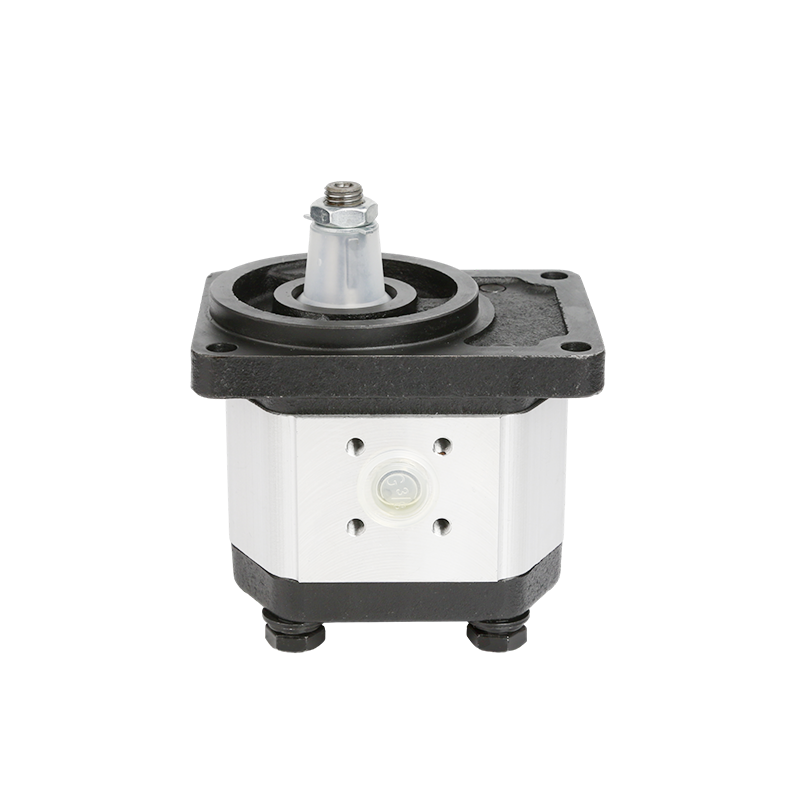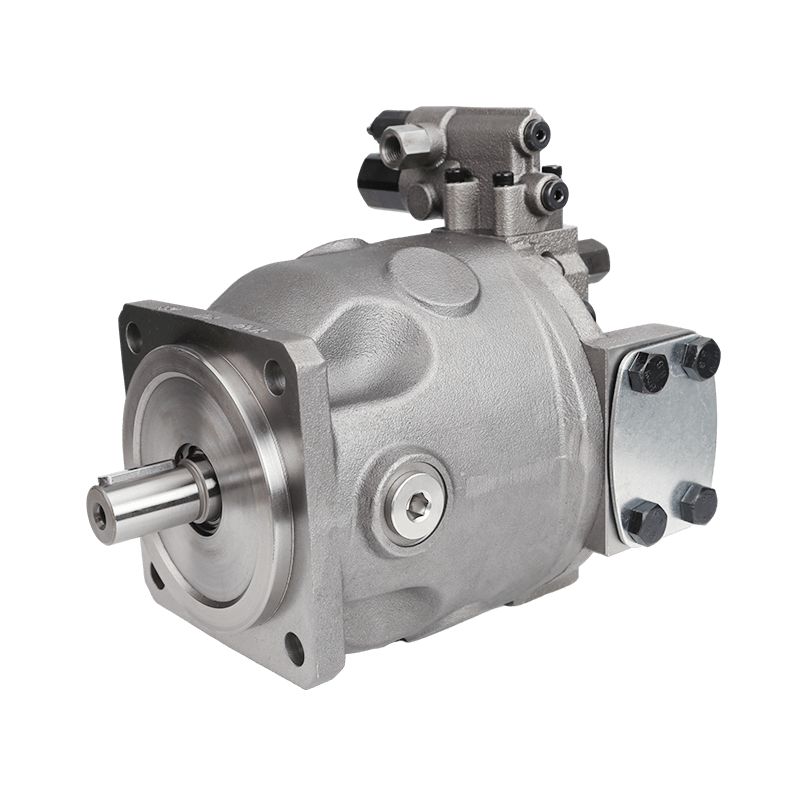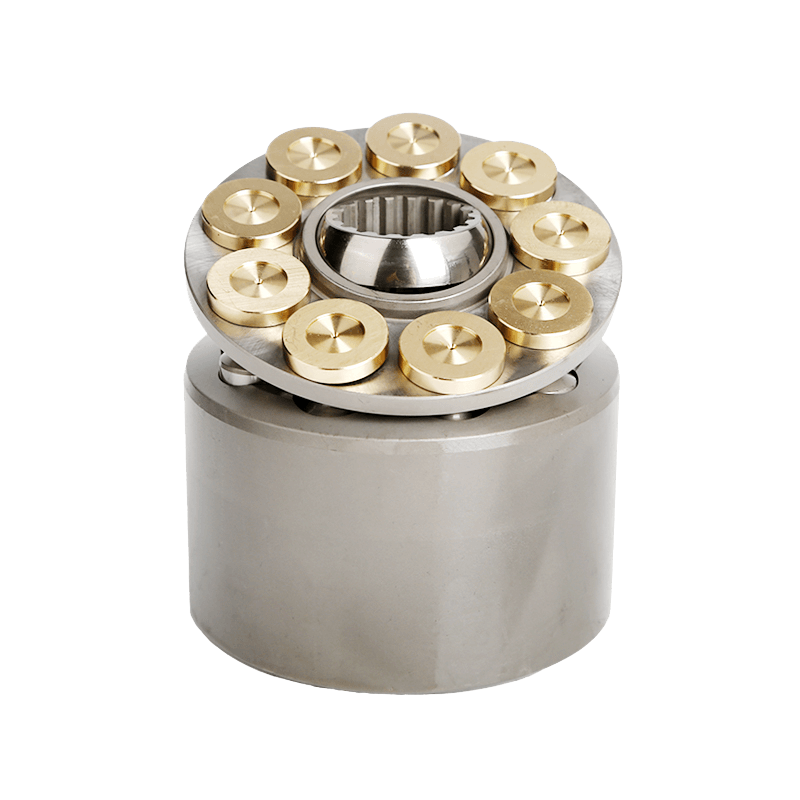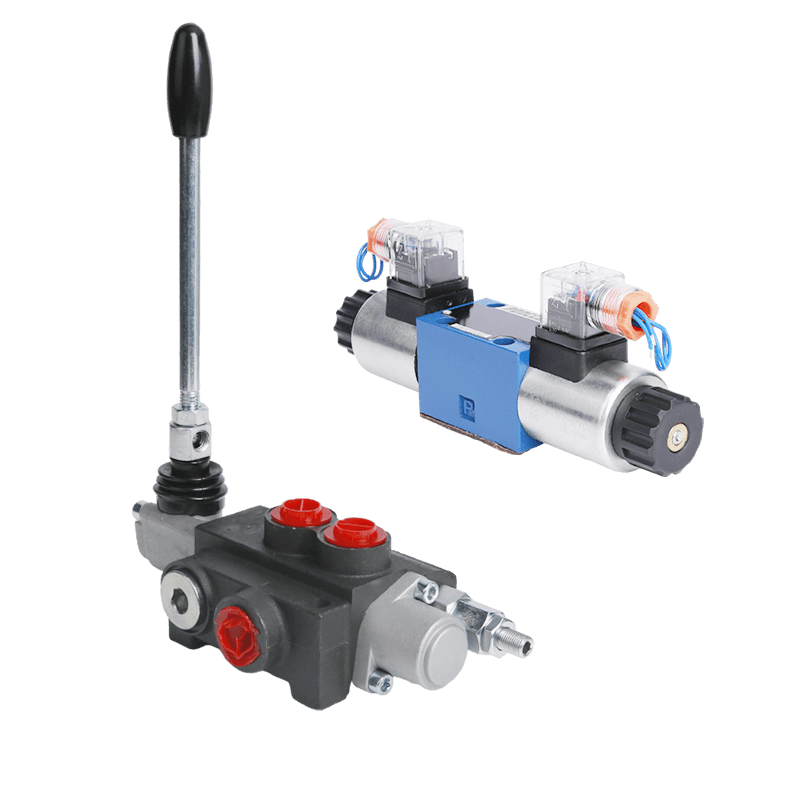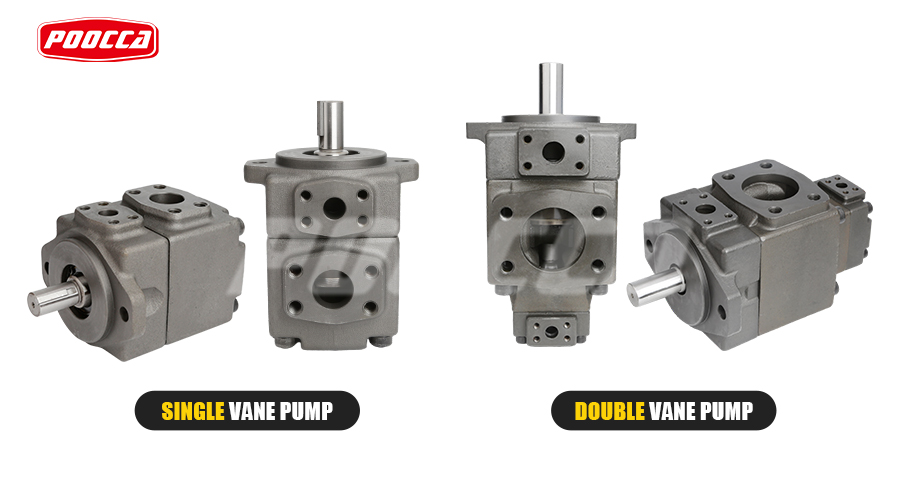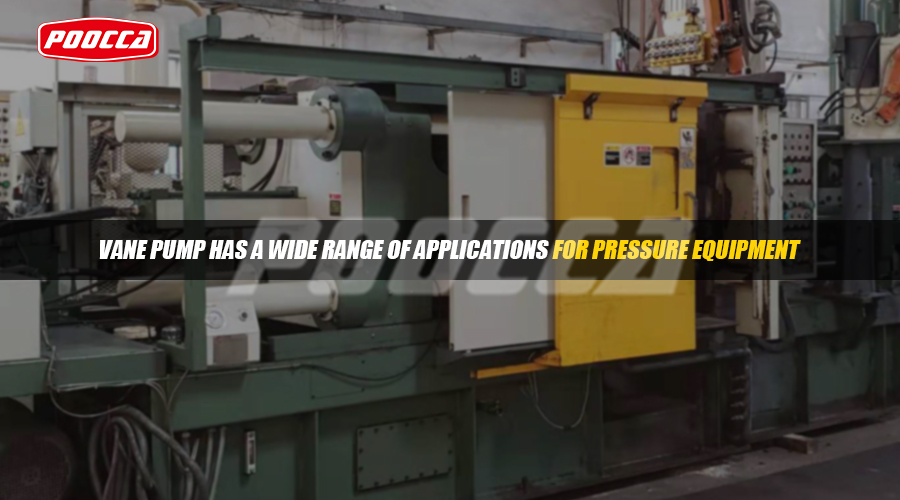As a crucial component in power transmission equipment, vane pumps serve an integral role across diverse industry settings within the realm of fluid machinery. However, during their operational lifecycle, these pumps frequently grapple with cavitation issues which potentially trigger structural harm while diminishing overall operating efficiency. Consequently, it is imperative to gain a comprehensive understanding of this phenomenon and implement appropriate preventive strategies pertaining to vane pump cavitation. Doing so would contribute significantly towards enhancing safety and stability in the operation of these essential pumps.
Formation Mechanism of Vane Pump Cavitation Phenomenon
The term ‘Vane pump cavitation phenomenon’ alludes to a complex occurrence within the operation of the pump. This takes place when gas sequesters itself in the liquid and congregates on the vane’s surface, hence forming bubbles. Upon reaching an area of high pressure, these bubbles rapidly burst which generates a potent shock wave, causing erosion and harm to the vane’s surface. The process underlying this cavitation phenomenon is intricate by nature with multiple disciplines such as fluid mechanics and materials science playing pivotal roles.
During the operational phase of a vane pump, liquid within the vane is continuously propelled in a steady flow. When the pressure within this liquid decreases to a certain level, any gas dissolved therein precipitates out, forming bubbles. These microbubbles subsequently travel with the liquid into areas of elevated pressure whereupon they rapidly rupture due to abrupt and significant increases in external pressure acting upon them. This rapid rupturing releases energy which manifests as shock waves that act on the surface of blades incorporated into the system’s design features. As these shockwaves acumulate over an extended period, they progressively erode materials from blade surfaces leading finally to formation of cavitation pits – perceived as evidence of systemic wear and tear or component degradation.
Impact of cavitation phenomenon on vane pumps
The multifarious implications of the cavitation phenomenon on vane pumps are critical to acknowledge. Initially, it should be noted that cavitation detrimentally affects the surface structure of the vane, resulting in rough and uneven qualities which escalate fluid flow resistance. Secondly, this process induces a significant decrease in overall vane strength and may contribute to its fracture or dislodgement, thereby posing potential hazards on the pump’s functionality. Notably, disturbances such as vibrations and noise arise from cavitation – detrimental repercussions impacting negatively upon pump operation efficiency.
Preventive measures of cavitation phenomenon
For vane pump cavitation phenomenon, you can take preventive measures from various aspects to reduce or avoid the occurrence of cavitation.
Optimize the pump design structure
Reasonable design of the pump structure is the key to prevent cavitation. By optimizing the shape and arrangement of the vane, reduce the pressure fluctuation of the liquid in the flow process, reduce the possibility of bubble formation. At the same time, increase the sealing of the pump body to reduce the opportunity for gas to enter the pump is also an effective measure to prevent cavitation.
Control the temperature and pressure of the liquid
Liquid temperature and pressure are important factors affecting cavitation. In practice, the temperature and pressure of the liquid should be strictly controlled to avoid the liquid temperature is too high or pressure is too low, in order to reduce the generation of bubbles. In addition, for easy to produce gas liquid, you can enter the pump before the degassing process, to further reduce the content of bubbles.
Selection of corrosion-resistant materials
Selection of cavitation-resistant materials to improve the anti-cavitation ability of the vane pump is of great significance. In the selection of vane materials, priority should be given to materials with excellent anti-cavitation properties, such as stainless steel, ceramics and so on. These materials have high hardness and wear resistance, and can effectively resist the impact generated by the bubble rupture.
Strengthen the pump maintenance and management
Regular maintenance and inspection of the pump, timely detection and treatment of potential cavitation problems, is an important means of preventing cavitation. In the maintenance process, should focus on checking the surface condition of the vane, once found signs of cavitation, should be repaired or replaced in a timely manner. In addition, regular cleaning and maintenance of the pump is also an important measure to prevent cavitation.
POOCCA Hydraulics is a comprehensive hydraulic service company specializing in the research and development, manufacturing, maintenance and sales of hydraulic pumps, motors, valves and related parts. With extensive experience in providing power transmission and drive solutions to hydraulic system users around the world, we have a strong reputation in the industry. Over the past two decades, POOCCA has continued to grow and innovate in the field of hydraulics. We have won the trust of domestic and foreign manufacturers and established strong corporate partnerships.
Conclusion
In conclusion, the phenomena of cavitation within vane pumps is a prevalent and severe issue that warrants considerable attention. A profound comprehension of this process’s formation mechanism alongside its potential impact could open avenues for effective preventive strategies. These measures can markedly diminish the likelihood of cavitation incidents, prolonging longevity in vane pump service life while enhancing efficiency and safety in industrial production.

